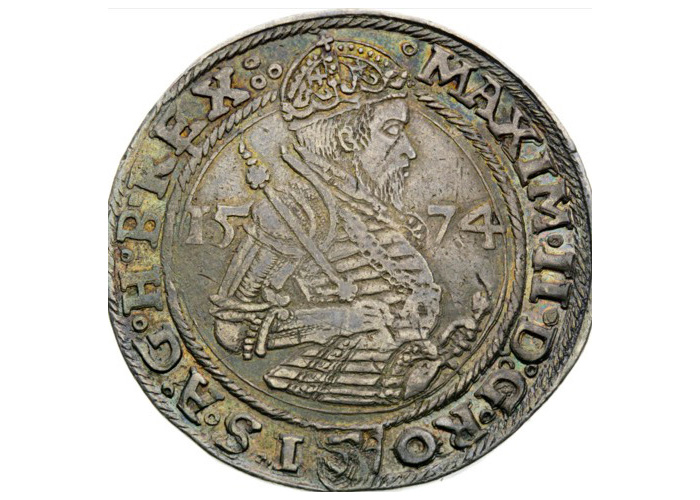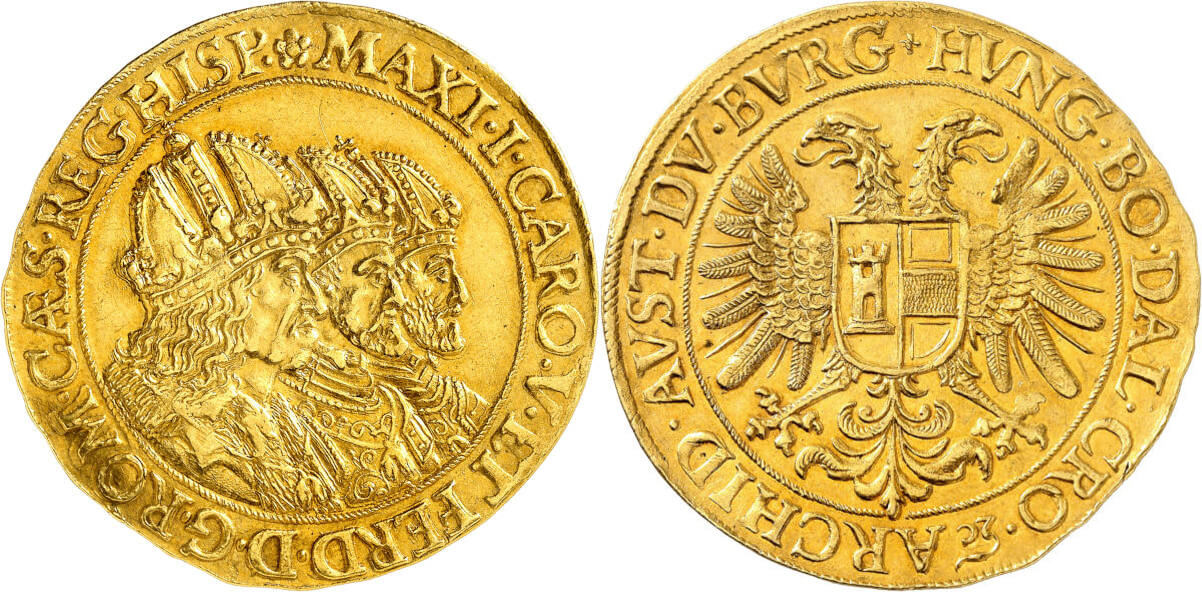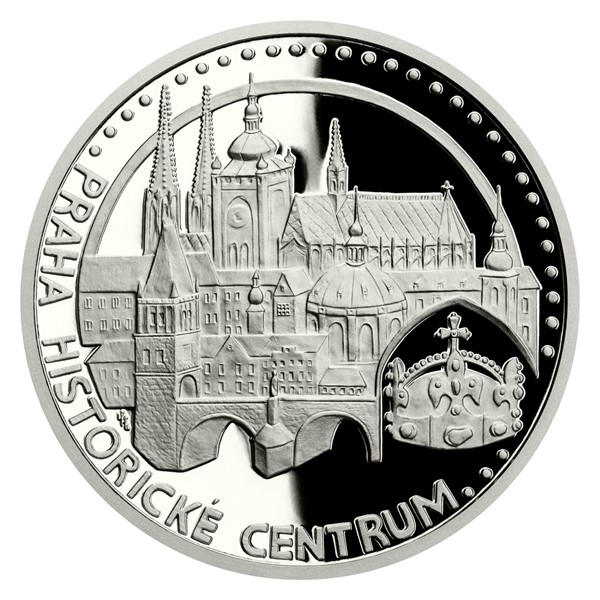Excellent Ideas On Minting Czechoslovakia Medals
Wiki Article
How Can A Plaster Model Be Utilized As A Physical Representation To The Gold Coin?
A gold coin or gold medal design is utilized to serve as a design reference for the designer or artist. The design may be a hand-drawn sketch or a digital representation created using graphic design software.Choosing a Medium- Plaster is the most common material used to create maquettes because of its flexibility and its ease of shaping. Other materials like wax and clay can be utilized.
Plaster preparation - Plaster is combined with water to create an easily-workable consistency. The mixture should be free of lumps and smooth to make sure that the mold is clean.
The Base- Create a base, or platform, on which the maquette sculpture will be made. This base could be a wood board or an even surface that gives stability.
The artist starts by making a model using the gold design. The plaster is then shaped in order to create the relief, or three-dimensional image of the coin or medal.
Detailing, Refinement and Accuracy- The artist's primary focus is creating details and refining contours. They also guarantee accuracy with respect to proportions. This process requires focus and precision.
Allowing Time for Drying and Set-up- After the sculpture is finished the plaster must be allowed to set and dry. This is to allow the maquette to harden and keeping its shape.
Following drying, the surface will be smoothed to eliminate bumps and rough spots.
Preservation and sealingSealing and preservation - A protective coating may be put on the maquette's surface to preserve it and make it ready for future processes like molding or scanning.
The three-dimensional plaster maquette that results is used to illustrate the gold design of a coin or medal. It can be used for a number of stages in the production cycle, including scanning for digital reproduction, or creating molds for large-scale production. Artists can also make use of it to see and tweak the design. View the best Prague Mint gold medals plaster molds blog recommendations. including gold coin with angel on both sides, coin gold silver, gold medal gymnasts, 1oz gold price today, 100 grams gold biscuit, gold medal swimming, canadian gold maple leaf, gold bullion, saint gaudens gold coin, american buffalo coin and more.

How Do Highly-Skilled Engravers Add Value To Designs Of Gold Coins And Medals?
Highly skilled engravers are crucial in the improvement and refinement of the design on gold coins or medals. They operate on the hub that works or die. Their skills allow them to incorporate complex details and fine tune the design. This is how they accomplish this. Evaluation of Working Hub-
The engravers first look at the die or hub that was created from the original hub by Janvier. They verify the quality, depth and precision of the transfer.
Correction of Imperfections
Engravers can correct any imperfections or inconsistencies that may exist within the design. They can employ precision tools to rectify small mistakes, alter the depth of the design, or even refine specific elements to ensure uniformity and accuracy.
Enhancing Details
They are skilled at adding intricate details using tools for engraving like burins, pneumatic engraving devices, and gravers. They cut or engrave the surface of the hub to produce fine lines, textures, or letters as needed by the design.
Dimensional Enhancement and Depth
The engravers alter the depths and contours the design to create visual dimension and depth. The depth of the cut is altered to emphasize specific characteristics and create a sense or texture.
Texture & Finishing Touches
Engravers can create textures or finishes to specific areas of the design, which can enhance visual appeal. Using techniques like stippling (or frosting) or shading, as well as other kinds of shading, you can create a variety of surface textures.
Quality Control and Inspection-
Engravers constantly check the finished product to ensure it's exact, clear and stunning.
Collaboration and artistic interpretation
Engravers are often in close contact with designers or other artists to interpret a design accurately. Their artistic skills and interpretations can elevate the design through subtle nuances and refining the design that are based on artistic perception.
Expert engravers have a unique ability to manipulate the surface of metal with precision and artistry. The attention to details and workmanship enhances the look and appeal of gold-plated coins or medals. Follow the most popular Czechoslovakia gold coin engravers website tips. including 1979 gold dollar, sacagawea gold dollar, 1 10 oz gold coin, valuable gold dollar coins, gold eagle price, gold penny, 2000 gold dollar, sell gold and silver near me, purchasing silver bars, gold silver coins and more.

How Do Gold Coins And Medals Get Their Protective Coatings?
Coating gold coins or medals is used for a variety of reasons. It is for protection and improving the appearance of the coin or achieving a particular aesthetic look. Below are the various coating processes that are used.
Clear Protective (Varies). A protective clear coating such as lacquer is used to shield surfaces from corrosion. The coating is designed to preserve the original appearance of the coin, and also protects the metal underneath.
Enhancement of appearance
Gold plating or Gilding A thin layer of gold can be applied to gold medals or coins. This process enhances the appearance of the coin or medal by adding lustre and luxury to it.
Aesthetic Effects
Patina and Antique Finishes: Chemical treatments or special coatings can be used to create an antique or patina appearance. This method artificially ages the surface, creating an aged or oxidized appearance which adds character and depth to the appearance of the.
Colorization / Coloring – In certain cases the hue of specific areas of a coin, medal, or another item is accomplished by using specific coatings and enamels. The aim is to improve design elements as well as to create contrast and enhance the visual appeal.
Anti-Tarnish Coatings-
Anti-Tarnishing Solutions: The coatings are applied to coins and medals that have intricate designs or areas that are susceptible to tarnishing. These coatings stop the surface of the metal from discoloring or oxidizing over time.
Specialized Coatings for Security or Identification
UV-Reactive Coatings. Certain coins and medals can have special coatings that react to UV light and reveal hidden or encrypted elements. They are utilized for authentication and security purposes.
Selective Coatings that have Contrast
Selective Coating removal- In some cases coatings are removed selectively from certain areas of the medal or the coin, to create contrast, between polished and covered surfaces, highlighting the design elements.
Each process has a specific objective, like to improve the appearance of the metal and appearance of the metal, provide security, or achieve certain aesthetic effects. The effects of these coatings can greatly impact the visual appeal and longevity of gold coins or medals and increase their worth and attractiveness to collectors or those who are interested in. View the best coating Prague Mint gold coins blog advice. including gold bullion bars, st gaudens double eagle, gold bullion bar price, online silver buying, 2000 p gold dollar, gold silver shops near me, 10oz gold bars, kruger rand, 1 4 ounce gold coin, gold medal of olympic and more.

How Do You Feed Blanks Of Gold Into Coin Presses?
In the process of minting gold medals and coins are produced by stamping them under pressure. Here's the overview of procedures involved in loading blanks.
The gold blanks are put in the feeder system which is connected to the coin presses. This feeder system assures an ongoing supply of blanks.
Feeding Blanks Into the Press
The feeder system introduces blanks into the striking chamber inside the coin press, one at a time. The feeder system ensures that each blank is precisely placed to allow for stamping.
Alignment & Positioning
The blanks are then positioned and aligned inside the striking chamber of the press in order to ensure they are perfectly aligned for the stamping process.
Striking under High Pressure
A coin press is a device that applies high pressure on gold-plated blanks using two dies, one stationary, the other moving. The stationary die produces an image that is negative of the design. While the die that moves serves as a hammer that can hit the blank but the stationary die has the positive impression.
The die that is moving strikes the blank with considerable force and then transfers the design onto the blank's surface. Die pressure creates relief raised and details on the coin.
Repeated Striking-
To produce a more sharp image or more defined style, multiple strikes are sometimes applied to higher quality medals and coins, particularly proof editions. Each strike helps to refine the surface of the coin or medal.
Ejection & Collection
After they are struck by hand, the medals and coins are ejected into tray. The designs that are stamped are examined for quality and ensure they meet specified standards.
Post-Processing-
The design of the coin or medal could require further processing, like edge lettering (either edge or reeding) or post-strike treatment.
The process of stamping under high pressure is vital as it transfers the desired design onto the gold blanks, transforming them into finished coins or medals ready for use in collection, circulation, or commemoration. This process is highly precise, as any changes in alignment or pressure will impact the quality of the final product. Take a look at the top minting Czechoslovakia gold medals more info. including krugerrand coin, small gold coins, 1oz of gold, coin gold price today, gold price apmex, 1 10 american gold eagle, gold sovereign coins, 100 grams gold biscuit, gold eagle price, platinum coins and more.
